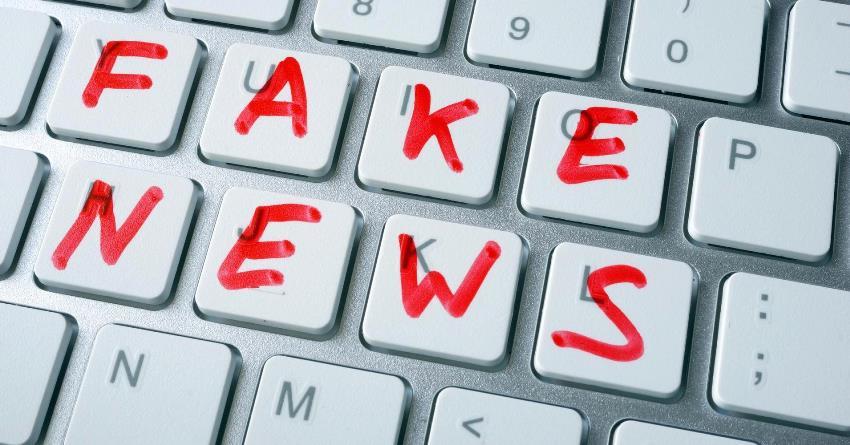In an era of instant communication, information spreads at an unprecedented rate. But with this power comes a dark side—fake news. A single lie, strategically crafted and widely shared, can influence public opinion, sway elections, start conflicts, and even rewrite history. The ability of false information to shape reality is one of the most significant challenges of the digital age.
What Is Fake News?
Fake news is deliberately misleading or false information spread through traditional media, social platforms, or word of mouth. Unlike errors in reporting, fake news is often created with an agenda—to manipulate, deceive, or generate profit.
Fake news can take several forms:
Misinformation: False or misleading information spread unintentionally.
Disinformation: Deliberate lies created to deceive.
Deepfakes: AI-generated images, videos, or audio that mimic real people.
Clickbait: Sensationalized or exaggerated headlines designed to attract attention.
Historical Examples of Fake News Changing the World
Fake news is not a modern phenomenon. Throughout history, misinformation has been used as a weapon.
The Spanish-American War (1898): Sensationalist newspapers exaggerated and fabricated stories about Spanish cruelty, fueling American public support for war. This “yellow journalism” helped push the U.S. into conflict.
Nazi Propaganda (1930s-40s): Hitler’s regime used fake news to spread anti-Semitic lies, dehumanizing Jewish people and justifying horrific policies that led to the Holocaust.
The Iraq War (2003): The U.S. invasion of Iraq was primarily justified by reports that Saddam Hussein had weapons of mass destruction (WMDs). No such weapons were ever found, yet the false narrative led to a war that reshaped global politics.
The Role of Social Media in Spreading Fake News
Social media has become the primary vehicle for spreading fake news in the digital age. Algorithms prioritize engagement over accuracy, meaning sensational lies often spread faster than the truth. A 2018 MIT study found that false news spreads six times faster than real news on Twitter.
Notable cases include:
Pizzagate (2016): A conspiracy theory falsely claimed that a child trafficking ring operated from a pizza shop linked to U.S. politicians. This led to a real-world attack when a man fired a rifle inside the restaurant.
COVID-19 Misinformation (2020-21): Fake news about the virus, treatments, and vaccines led to mass confusion, deaths, and vaccine hesitancy worldwide.
Why Do People Believe Fake News?
Several psychological factors make people vulnerable to fake news:
Confirmation Bias: People tend to believe information that supports their existing beliefs.
Emotional Manipulation: Fake news often triggers fear, anger, or outrage, making it more shareable.
Repetition Effect: The more people hear something, even if it is false, the more likely they are to believe it.
How to Fight Fake News
To prevent the spread of misinformation, individuals must:
Verify Sources: Cross-check news with reputable sources.
Think Critically: Question stories that seem too sensational or politically charged.
Report Fake News: Social media platforms allow users to flag false information.
Conclusion
One lie, spread far enough, can change the world. From wars to elections, fake news has real-world consequences. In an age of rampant misinformation, truth-seeking and critical thinking are more important than ever. The power to stop fake news lies in the hands of every individual—by choosing to seek facts over fiction.




